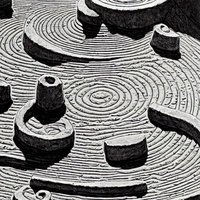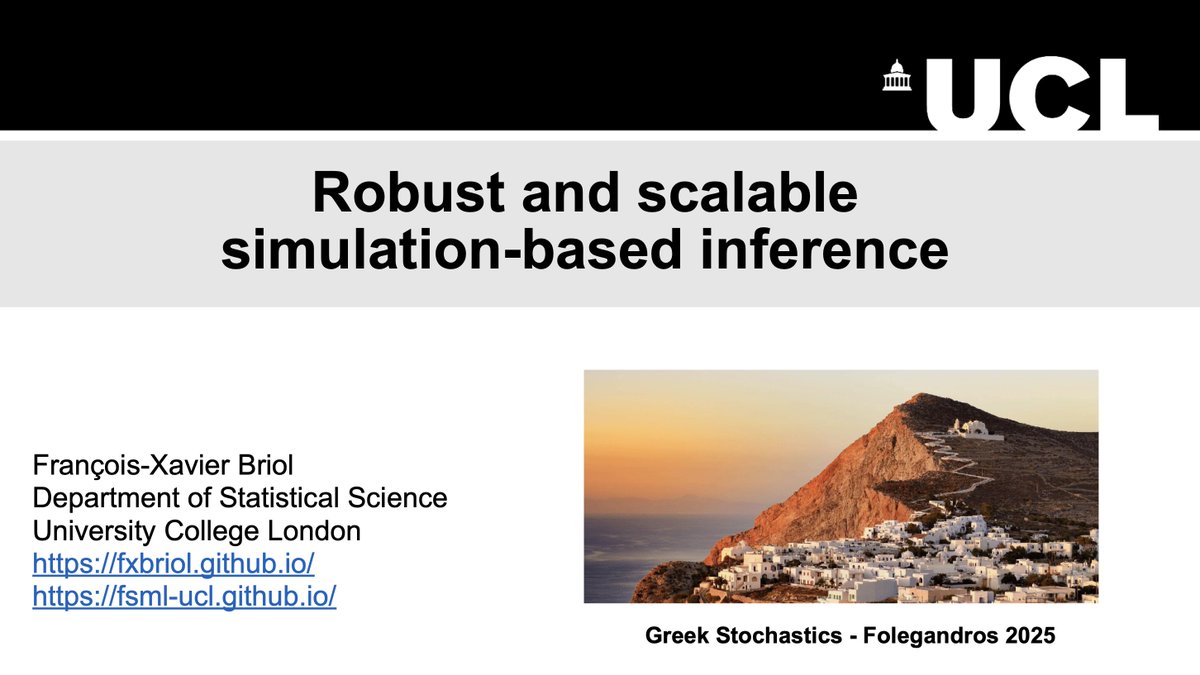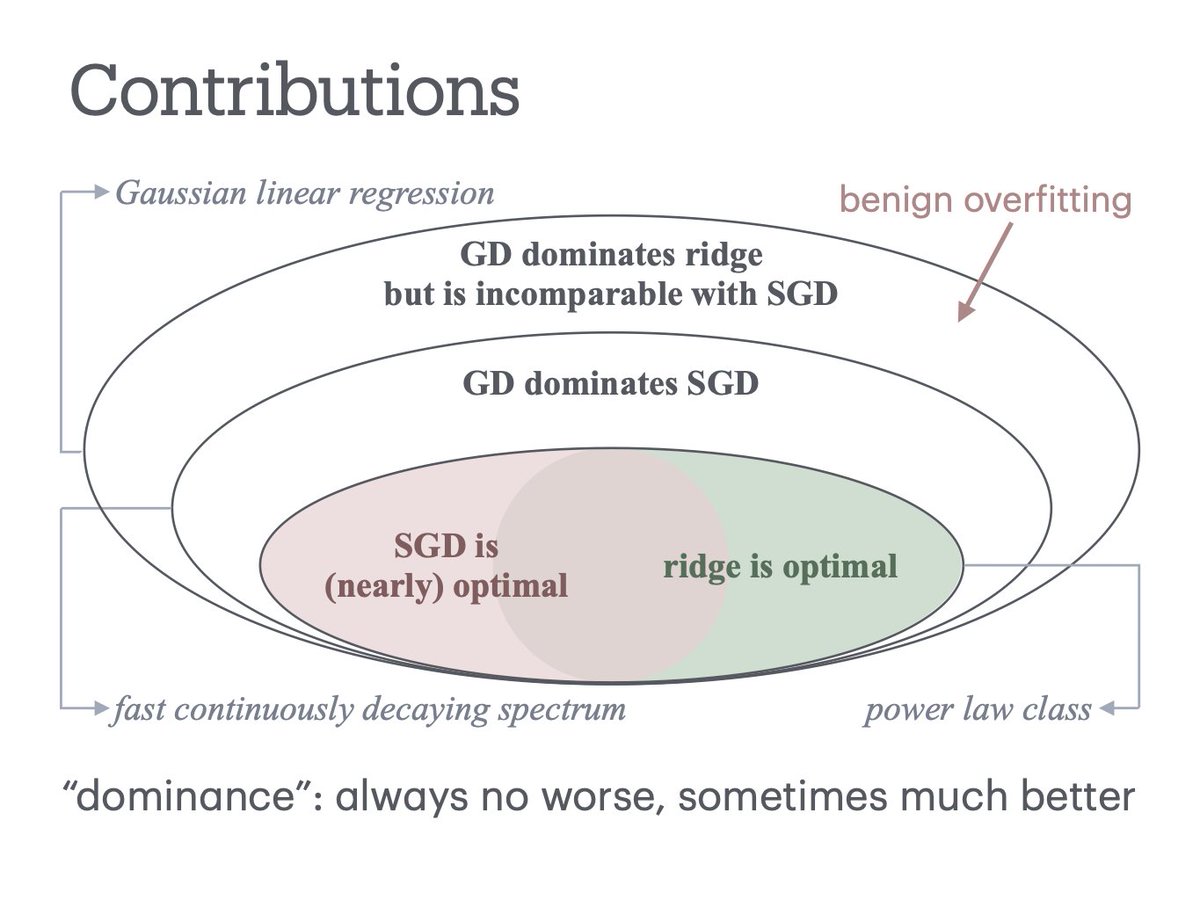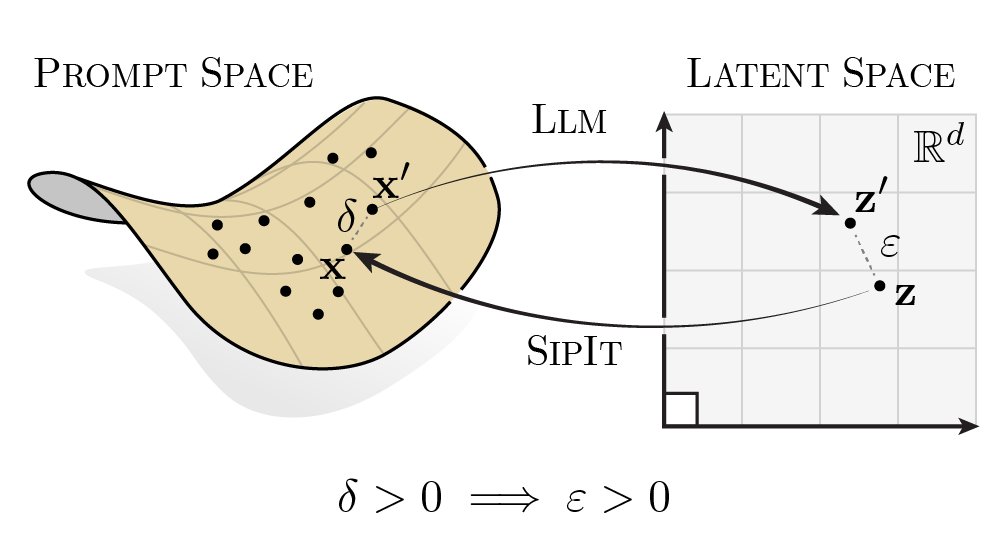
Nicola Branchini
@branchini_nic
🇮🇹 3rd yr Stats PhD @EdinUniMaths 🏴.🤔💭 about reliable uncertainty quantification. Interested in sampling and measure transport methodologies.
ID: 3275439755
http://branchini.fun/about 17-05-2015 14:43:47
1,1K Tweet
738 Followers
2,2K Following









One of our three papers in “Frontiers in Probabilistic Inference” @ NeurIPS’25, along with arxiv.org/abs/2509.26364 and arxiv.org/abs/2510.01159. Pleasure to work with the brilliant tamogashev on all of them!












